
People walk the trail chatting, laughing, looking at their phones. I lurk off the trail in dense undergrowth, working on some forest project. A branch snaps and heads jerk my way in surprise, even fear – what is a human doing off the trail? I greet them, showing my official green shirt and all is well. But in this most urban of Kentucky’s state nature preserves there is an invisible boundary line between the trail and the forest.

This actually makes me happy, since this forest is not a park – it’s a place where the wild residents have priority. The fact that these eighty roadless acres, bounded by a creek, are embedded in a dense urban area is all the more fascinating. In the last twenty years deer, coyotes and turkeys have wandered down the creek corridor, found the habitat to their liking and pioneered new homes in the city. This small forest has one of the highest densities of resident and migratory forest birds of anywhere I’ve been. Its wetlands and spring-fed streams support a robust population of Box turtles and salamanders.
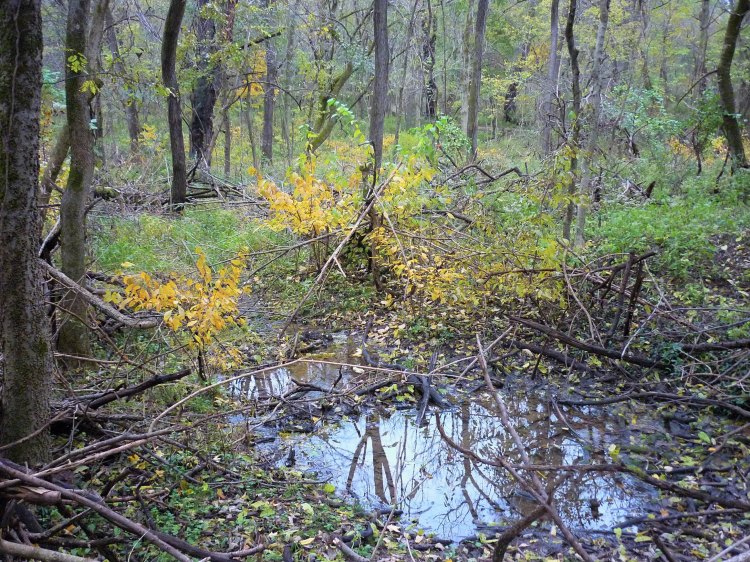
In my mind this begs the question – what makes a place “wild”? I was a child when the Wilderness Act passed in 1964, establishing a national system of congressionally designated areas to be preserved in a wilderness condition: “where the earth and its community of life are untrammeled by man, where man himself is a visitor who does not remain.” It’s a vague definition, since the notion of wilderness has always been a fluid cultural myth, shapeshifting over the centuries from threatening to desirable in the American psyche.
I spent my early 20’s backpacking in the huge wilderness areas of the Rockies and Cascades, but found many delicate mountain meadows to be less than “untrammeled” due to heavy usage by hordes of hikers like myself. Ironically, our longing to experience wild places was eroding the pristine nature of these ecosystems. I also took note of the backcountry rangers tasked with restoring campsites that were worn down to bare dirt and rock.
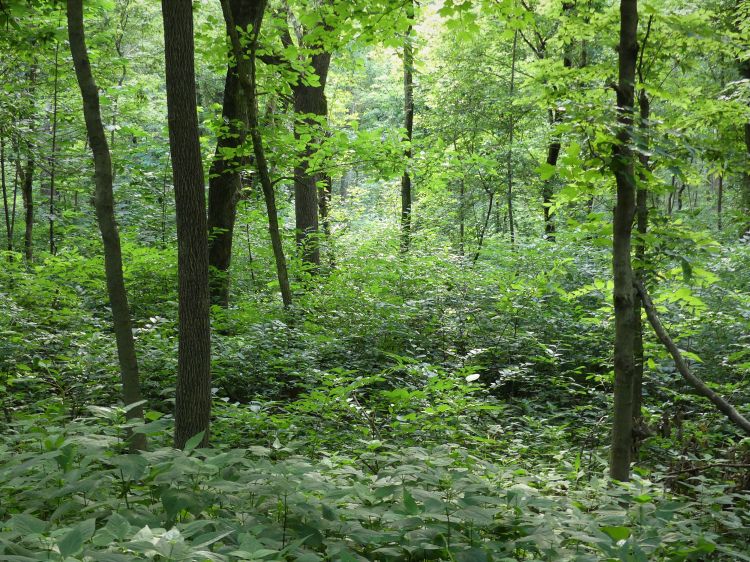
But what launched me on wilderness adventures was exploring, as a teenager, the brushy urban wilds near my home. Bits of deeply eroded former farm and pasture land had been engulfed by the city, dense with blackberries and honeysuckle vines – a haven for wildlife. Those were formative years; seeing my first Gray fox, Yellow-breasted chat and Whipp-poor-will made a lasting impression on this young naturalist. Its been many decades since these haunts of foxes and owls went under the bulldozer, making way for a hospital, shopping mall, cemetery plots.

Now I’m far from those days, and spend my time working in and exploring different sort of wild. In no way untrammeled, it’s a tiny forest with centuries of use and abuse – but now receiving a relatively new sort of human attention. Many visitors are surprised to learn how much of what they experience is “rewilding”, the result of invasive plant removal, native species planting, and stream and wetland restoration.

Just over a hundred years ago almost every forest in the Eastern US had already been logged once, or was about to be. White tailed deer and turkeys were so scarce that restocking was carried out in many places. But over time trees grow back and habitat recovers. The regrowth and rewilding of eastern forests that began in the early 20th century is also the story of this forest.
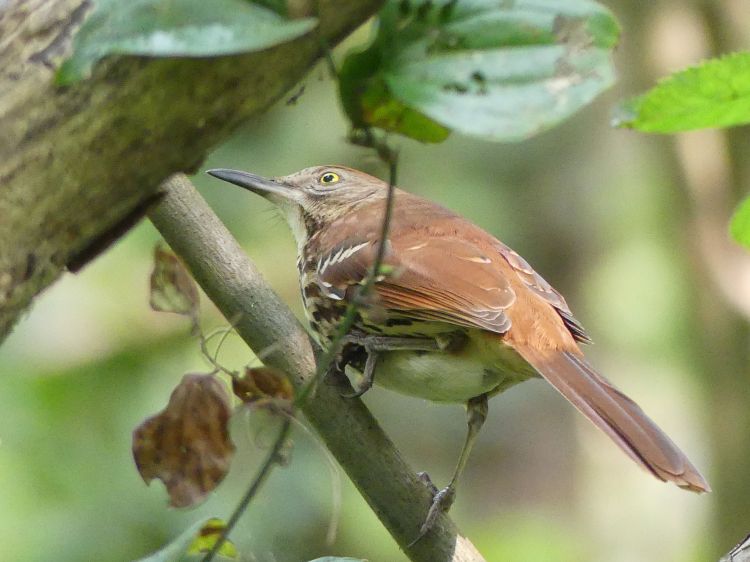
After centuries of farming, grazing and logging, in the 1970’s a group of forward thinking citizens promoted the purchase of the land, with the goal of creating a nature preserve. As the most urban of Kentucky’s 69 state nature preserves https://eec.ky.gov/Nature-Preserves, Beargrass Creek SNP has been managed since 1982 as a natural area with no roads and limited trails. Nature preserve rules prohibit dogs and bikes, which means the feel is very different from a city park, and the understory is much friendlier to wildlife like low-nesting birds.
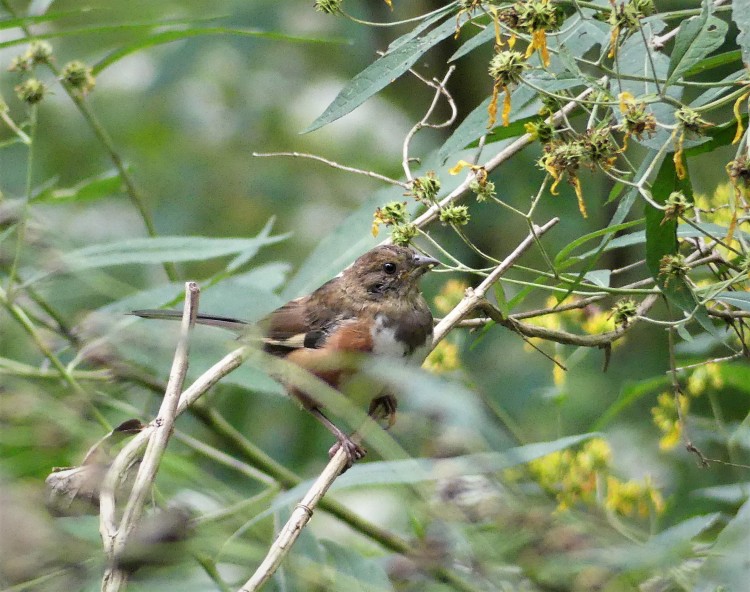
Much of the land is floodplain adjacent to the south fork of Beargrass Creek, one of Louisville’s two large urban streams. The stream corridor is a very important aspect of the preserve – as a wildlife highway it allows travel between this habitat fragment and many others, as well as safe passage throughout the city.

Judging by the number of wildlife sightings in nearby neighborhoods, there is also a spillover effect, with animals that live in the forest making forays out at night.

But for the past ten years it’s also been an intensively managed landscape, which may seem contrary to our notion of what makes a place “wild”. This is the unique contradiction to wrap our heads around in the age of the anthropocene. As extensive blocks of wilderness are increasingly fragmented and ravaged by the demand for resources, another kind of wild is growing up in and around even the largest cities. At its best, the “urban wild” resembles the tiny forest I write about, a place people can visit, but where the resident species needs come first.

But how “wild” can a small forest in the city actually be? It depends, more than anything, on the quality of the habitat. Though animals that need large blocks of land or have very particular habitat needs will not thrive here, there are many others that can.

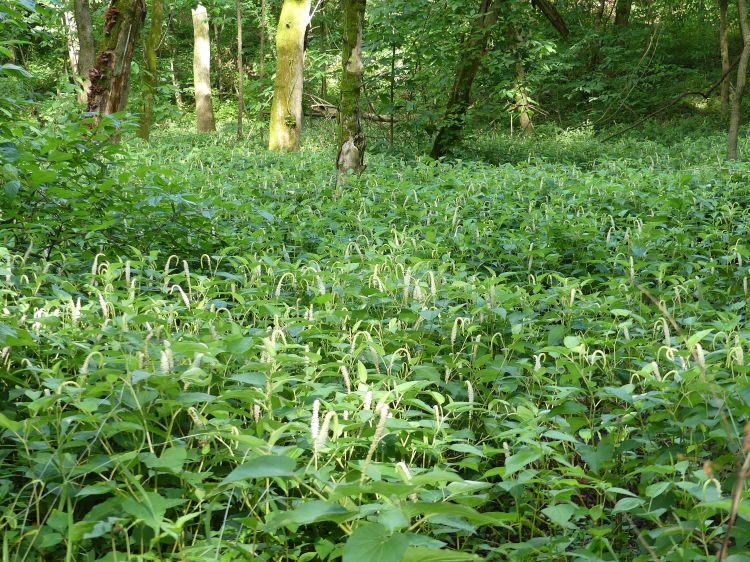
Due to topography and geology it’s a surprisingly varied place, containing rich bottomland, ephemeral wetlands, spring-fed streams, steep slopes and ridgetop.

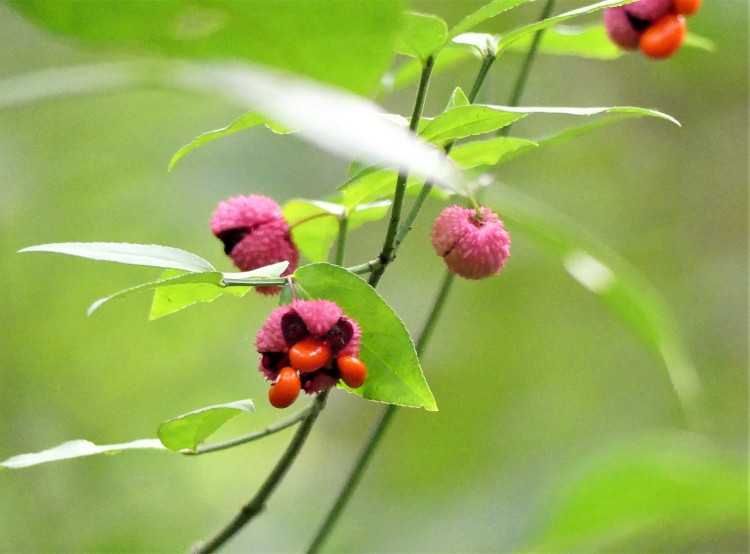
The lofty goal of the forest stewards is to maximize the potential of every acre, and every habitat type, to support the highest possible diversity. With such a small forest this actually seems attainable, given the obvious limitations of fragmentation, high deer pressure, invasive plant encroachment, uncontrolled storm water inputs, etc. Every new season brings a new set of challenges, but our enthusiasm grows along with the perennials, shrubs, and trees we plant. Helping revive the urban wild is its own reward.

Elizabeth
Rosemary,
This is a wonderful summary of “what this preserve is all about”. It is a wonderfully written and illustrated post, that should used frequently for community education.
LikeLiked by 2 people
oneforestfragment
Thank-you Elizabeth – It took a long time to write, but it was worth it!
LikeLike
Ginny
Beautifully written, Rosemary! You and the forest stewards are doing such amazing work! Thank you for all you are doing to protect nature in this most urban of spaces!
LikeLiked by 1 person
oneforestfragment
Thank-you Ginny. Frustrating as it is can be (deer!) I love it more every day. We have so many great Forest Stewards!
LikeLiked by 1 person
EEC Forest Stewardship
Thank you for sharing these childhood experiences, which led you to stewardship.
LikeLiked by 1 person
Serendipity
I always look forward to these posts and your beautiful photos. Also, I’m glad to add new words to my faltering vocabulary – this time it was ‘anthropocene’.
LikeLiked by 1 person
Ann Rosa
Thanks, Rosemary. You really should write a book. You have such a descriptive way of writing which makes me look forward to all of your posts. Your pictures are incredible. I can’t imaging being able to get such great pictures so easily or maybe you just make it look easy. Keep up the good work.
LikeLiked by 1 person
oneforestfragment
Thank-you for the kind words Ann! The writing and picture taking don’t come easy, or I would post more often. Photo editing can improve a pic so much!
LikeLike
tanjabrittonwriter
It must be so wonderful to keep making new discoveries at this refuge. I imagine no two visits are ever the same.
LikeLiked by 1 person
oneforestfragment
You are right – it’s so interesting to see the little changes day by day- especially during spring and fall migration.
LikeLiked by 1 person
shoreacres
What a wonderfully descriptive and informative piece. Since my developing interest in native plants began leading me to explore the ‘wild places’ around me, I’ve discovered that off-the-beaten-track locations can be far more rewarding than some of the better publicized places. Even so-called vacant lots provide rich rewards, and have the great advantage of being free of humans. No one wants to visit a vacant lot, but when that vacant lot actually is a hay meadow that’s mowed only twice a year, it’s often filled with plants, pollinators, and birds — not to mention the occasional snake!
LikeLiked by 1 person
oneforestfragment
So true! The story of my life is trespassing on any little woods or brushy old field just to find out what was there!
LikeLiked by 1 person
Anonymous
you write so beautifully Rosemary!
LikeLiked by 1 person